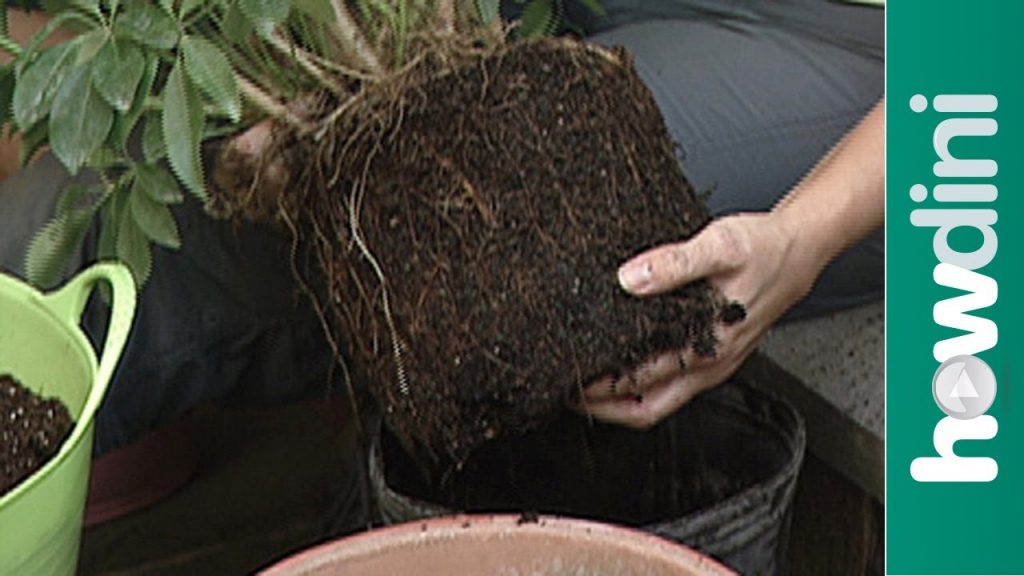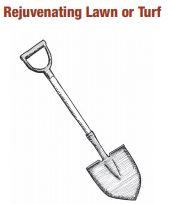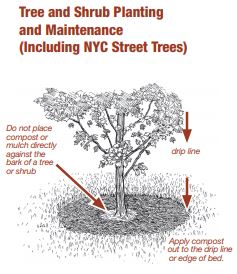HOW TO USE COMPOST
FINISHED COMPOST
Finished compost should look like darkish, crumbly topsoil and not like the original materials.
Compost should have a nice, earthy scent to it. Using “unfinished” or immature subject material that
comprises food scraps can attract pests and will reason harm to young crops, so be sure that your
compost has fully decomposed earlier than adding it to your garden beds.
HOW TO TELL IF YOUR COMPOST IS FINISHED
The simplest option to tell in case your compost is mature and able to make use of is by doing the “bag test.” Put a handful of moist compost right into a zip-lock
bag and press out the air prior to sealing. Leave it for three days, then open the bag. If you detect an ammonia or bitter smell, the microorganisms
are nonetheless at work and you wish to have to let your compost end curing. Test some other pattern of compost again in per week.
USING FINISHED COMPOST
There are quite a lot of techniques to use your completed compost. You can sprinkle compost on best or mix it into your flower and vegetable beds, gently rake
compost into tree beds, blend it with potting soil to revitalize indoor vegetation, or unfold it on top of the soil to your garden as a soil amendment.
COMPOST IN THE HOME GARDEN
Adding compost in your garden helps toughen the construction and total health of your soil. Compost will assist the soil retain moisture and can
building up your total earthworm and microbial population, which function organic controls in opposition to undesirable pests. In addition, compost
will provide a sluggish unlock of macronutrients, which means that that your plantings will get a steady provide of nutrients as wanted.

Amending Soil
A soil amendment is any subject material added to a soil to make stronger its bodily houses, reminiscent of water retention, permeability, water infiltration, drainage, aeration and construction. The purpose is to offer a better environment for roots. To do its work, an amendment will have to be completely blended into the soil.

Growing Vegetables
Give your vegetable garden a lot of compost in the fall. Spread a number of inches of compost on top of the existing mattress, then until it into the soil in the springtime. Put a handful of compost in each hollow whilst you’re planting. Once plants start to develop briefly, you can upload a half-inch layer of compost across the base of the crops. Provide “heavy feeder” vegetation comparable to tomatoes, corn, and squash with half inch of compost per thirty days—this may occasionally result in great produce!

Growing Flowers
In the spring, loosen the top few inches of annual and perennial beds and blend in a 1-inch layer of compost. Or in the fall, observe a 1-inch layer of compost as a mulch to protect plant roots from freezing and preserve moisture.

Replenishing Soil In Potted Plants & Window Boxes
Even the most efficient potting soil will get depleted of its vitamins as plants develop. To refill vitamins, add an inch of compost to potted crops and window bins two times a 12 months. Or, make your personal potting soil using two portions screened compost to at least one part sand or perlite.

Rejuvenating Lawn or Turf
When organising new turf, incorporate as much as three inches of compost into the existing soil base. If conceivable, until to a intensity of five–8 inches sooner than seeding. Otherwise, seed directly over the compost. On current turf, you can treat bald spots through incorporating an inch of compost into the soil and then reseeding. This will battle compaction and lend a hand suppress soil-borne diseases. You can also topdress existing turf with up to 1\/2 inch finely screened compost. This is perfect with a spreader, however you’ll use a shovel for small areas where you need to add compost. Rake the compost lightly throughout the grass house to enable the compost to readily sift all the way down to the soil. The compost will relax into the soil, improving its construction and offering vitamins. Over time, this may occasionally imply much less compaction, fewer bald spots, and a discounted need for synthetic fertilizers.

Tree and Shrub Planting and Maintenance
When planting a brand new tree, it’s best possible to work 1/2– 1 inch of compost into the highest 2 inches of soil from the trunk of the tree out to the dripline—the outermost parameter of the tree’s cover. Compost used in this manner serves as an alternative to the layer of natural subject that naturally exists at the woodland flooring: it provides natural nutrients, reduces moisture loss, and assists in keeping the soil cool. Don’t add compost to a freshly dug hole when planting a new tree, as making use of compost in this method will discourage tree roots from growing past the opening. Apply compost as mulch to bushes and shrubs to stop weeds and to make vegetation more drought resistant. Spread up to 2 inches of compost beneath the tree or shrub out to the drip line (the outermost leaves on a tree) or fringe of the bed. This will help reduce moisture loss and stabilize soil temperature. You too can incorporate compost into the soil once or twice a 12 months to offer organic vitamins. Before adding compost to compacted soils, gently domesticate the soil with a hand instrument; this may occasionally save you injury to shallow feeder roots whilst making vitamins extra readily obtainable to the bushes or shrubs. Do not place compost or mulch at once in opposition to the bark of the tree

Maintaining Perennial & Annual Beds
Spread 1–2 inches of compost on best of perennial and annual beds within the early spring or fall to save you weeds from establishing and to make vegetation more drought-resistant.


